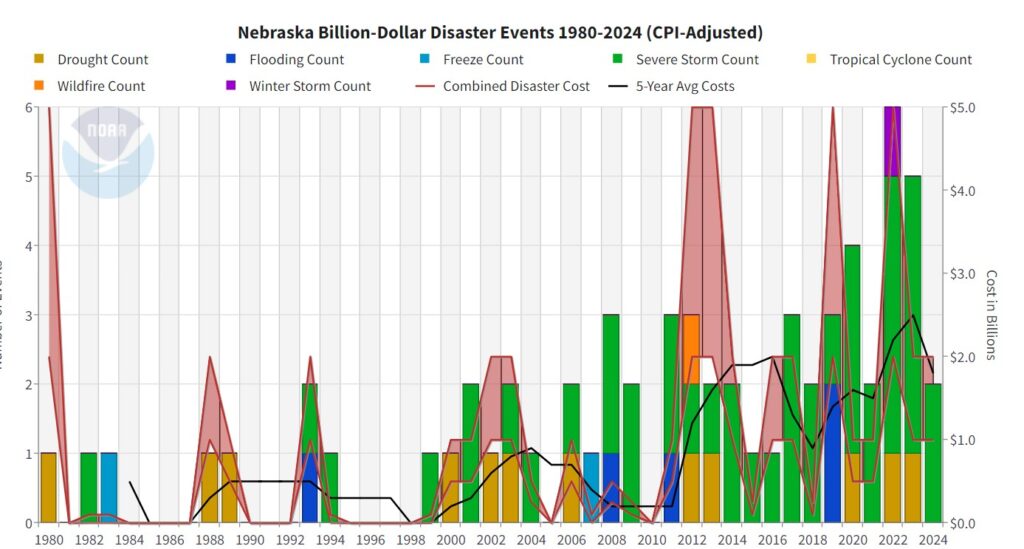$122 Billion
School districts across the country are facing budget crunches as ESSR, a $122 billion federal cash infusion targeted to mitigate the effects of the COVID-19 pandemic, sunsets next month. This, combined with declining enrollment and inflationary pressure is causing budget shortfalls that tee up difficult decisions for local governing bodies.
In Nebraska, $546,290,147 was dispersed throughout the state in two payments based on a number of factors, including percentage of students who qualify for free and reduced lunch. Nebraska schools may fare better than some states, as school districts were encouraged to avoid leveraging the funds for ongoing expenses like staff salaries, instead prioritizing programs like mental and behavioral health support, extended school year programs, high-quality professional learning and bolstering of the educator pipeline, and technology investments to mitigate learning loss.
Nebraska’s implementation plan and successful outcomes can serve as a model for reimagining school funding that prioritizes a shared set of outcomes, aims to close opportunity gaps for traditionally marginalized students and centers evidenced-based practices in staff development.
4.0
Nebraskans are once again cleaning up from a severe weather event that resulted in prolonged electrical outages and widespread damage to homes and vehicles. While the total losses are still being calculated, severe weather events are increasing drastically in frequency in the state. From 1980–2024 (as of July 9, 2024), there have been 63 confirmed weather/climate disaster events with losses exceeding $1 billion each to affect Nebraska. These included 42 severe storm events, 12 drought events, 5 flooding events, 2 freeze events, 1 winter storm event and 1 wildfire event. The 1980–2023 annual average is 1.4 events (CPI-adjusted); the annual average for the most recent 5 years (2019–2023) is 4.0 events (CPI-adjusted).
Updated as of July 9, 2024. Source: National Centers for Environmental Information.
With 27% of Nebraska adults experiencing economic insecurity, the cost of unplanned repairs can be a significant financial burden. Additionally, severe weather events were cited as the reason for Nebraska receiving the second-highest insurance premium rate hike in the country this past year.
$117 Million
The Nebraska Legislature gave first round approval to a sweeping series of cuts and reappropriations to nearly every state department during the special session that began in July. Particularly concerning among the cuts was a $25 million reduction in funds to the Department of Health and Human Services (DHHS). Many legislators voiced concern that DHHS had not offered specifics on how they would absorb the cuts without reducing services for our most vulnerable Nebraskans.
With this action, the Legislature took the unprecedented step of re-opening a biennium budget late in its life cycle when the state is not experiencing an emergent financial situation. In fact, preliminary work for the next biennium budget has already begun, which the legislature will debate in the upcoming regular session.
Join us September 18 as we chart a course for continued fiscal policy that makes the Good Life possible for all Nebraskans. Register for our Fall Symposium here. Seats are limited, so don’t delay!



